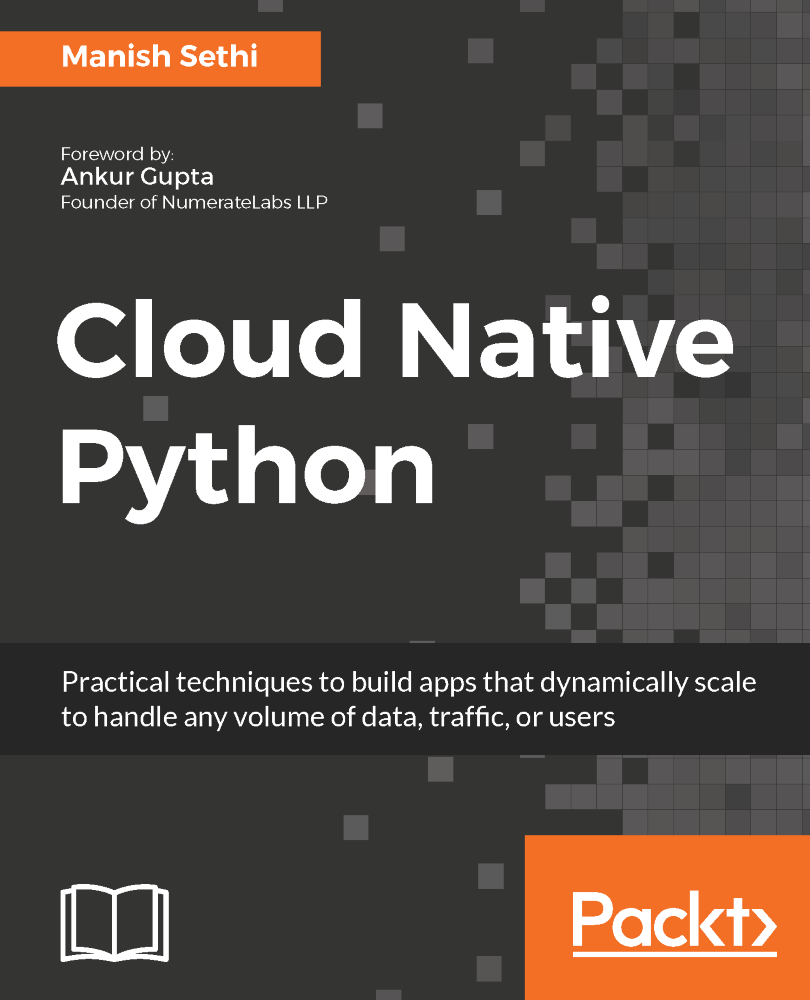
< html PUBLIC "-//W3C//DTD HTML 4.0 Transitional//EN" "http://www.w3.org/TR/REC-html40/loose.dtd">
Cloud Native Python
Practical techniques to build apps that dynamically scale to handle any volume of data, traffic, or users
Manish Sethi
BIRMINGHAM - MUMBAI
< html PUBLIC "-//W3C//DTD HTML 4.0 Transitional//EN" "http://www.w3.org/TR/REC-html40/loose.dtd">
Cloud Native Python
Copyright 2017 Packt Publishing
All rights reserved. No part of this book may be reproduced, stored in a retrieval system, or transmitted in any form or by any means, without the prior written permission of the publisher, except in the case of brief quotations embedded in critical articles or reviews.
Every effort has been made in the preparation of this book to ensure the accuracy of the information presented. However, the information contained in this book is sold without warranty, either express or implied. Neither the author, nor Packt Publishing, and its dealers and distributors will be held liable for any damages caused or alleged to be caused directly or indirectly by this book.
Packt Publishing has endeavored to provide trademark information about all of the companies and products mentioned in this book by the appropriate use of capitals. However, Packt Publishing cannot guarantee the accuracy of this information.
First published: July 2017
Production reference: 1190717
Published by Packt Publishing Ltd.
Livery Place
35 Livery Street
Birmingham
B3 2PB, UK.
ISBN 978-1-78712-931-3
www.packtpub.com
Credits
Author Manish Sethi | Copy Editor Sonia Mathur |
Reviewers Sanjeev Kumar Jaiswal Mohit Sethi | Project Coordinator Prajakta Naik |
Commissioning Editor Aaron Lazar | Proofreader Safis Editing |
Acquisition Editor Alok Dhuri | Indexer Rekha Nair |
ContentDevelopmentEditor Lawrence Veigas | Graphics Abhinash Sahu |
Technical Editor Supriya Thabe | Production Coordinator Nilesh Mohite |
Foreword
In 2000, during the peak of the dotcom boom, I developed web applications in C++ and Perl. One had to personally go to the ISP data center and install the machine along with a RAID setup. From 2003-2006, the world moved to shared hosting powered by virtual machines. Today, the world is a different place, one where cloud computing providers, such as AWS, Azure, Google Cloud, and programming languages such as Python, Ruby, and Scala make it child's play to launch and scale websites.
While cloud computing makes it easy to get started, its offerings are ever expanding with new tools, deployment methodologies, and changing workflows. Take, for instance, what compute offerings should a developer build on? Software as a Service, or Platform as a Service, or Infrastructure as a Service Platform? Should the developer choose Docker, or a normal virtual machine setup for deployment? Should the entire software architecture follow an MVC or a microservices model?
Manish has a done a good job in the book, equipping a Python developer with skills to thrive in a cloud computing world. The book starts off with laying the foundation of what cloud computing is all about and its offerings. It's beneficial that most chapters in the book are self-contained, allowing the reader to pick up and learn/refresh their knowledge of what's needed for the current sprint/task. The workings of technologies such as CI and Docker are precisely explained in clear prose that does away with the underlying complexity. The Agile model of software development keeps us developers on toes, requiring developers to learn new tools in days and not weeks. The book's hands-on approach to teaching with screenshots on installation, configuration, and compact code snippets equips developers with the knowledge they need, thus making them productive.
A preference for full-stack developers, the implicit requirement of knowing cloud computing 101, and CIOs wanting to achieve a lot more with small teams are the norms today. Cloud Native Python is the book a freshman, beginner, or intermediate Python developer should read to get themselves up to speed on the tools and technology that power today's software development.
The complexity of cloud computing is in the details, be it the deployment workflow, managing infrastructure, security, or the tooling ecosystem. These choices have lasting implications for the software that's being built and the team developing and maintaining it.
Ankur Gupta
Founder of NumerateLabs LLP
Curator of newsletters: ImportPython & DjangoWeekly
About the Author
Manish Sethi works as an engineer in Bangalore, India. Over the course of his career, he has worked for startups and Fortune 10 companies, helping organizations adopt a cloud native approach to architecting massively scalable products.
He regularly spends time learning and implementing new technology paradigms and actively finds himself solving practical problems using serverless architecture, machine and deep learning, and so on. He contributes to Bangalore DevOps and the Docker community by writing blog posts, giving talks in meetups, and so on.
I would like to thank my brother, Mohit Sethi, and my mother, Neelam Sethi, who have been very supportive and encouraged me throughout my career and when writing this book.
About the Reviewers
Sanjeev Kumar Jaiswal is a computer graduate with 8 years of industrial experience. He uses Perl, Python, and GNU/Linux for his day-to-day activities. He is currently working on projects involving Penetration testing, Source Code Review, Security Design and implementations, and Web and Cloud Security projects.
Currently, Sanjeev is learning NodeJS and React Native as well. He loves teaching engineering students and IT professionals, and he has been teaching for the last 8 years in his leisure time.
He founded Alien Coders (http://www.aliencoders.org) based on the learning through sharing principle, for computer science students and IT professionals in 2010, which became a huge hit in India among engineering students. You can follow him on Facebook at http://www.facebook.com/aliencoders, on Twitter at @aliencoders, and on GitHub at https://github.com/jassics.
He has authored Instant PageSpeed Optimization, and co-authored Learning Django Web Development, both by Packt. He has reviewed more than seven books for Packt and looks forward to authoring or reviewing more books for Packt and other publishers.
Mohit Sethi is a solutions architect with 10+ years of experience in building and managing products across the IaaS, PaaS, and SaaS space in the areas of cloud, storage, distributed systems, data analytics, and machine learning. Previously, he worked for a Silicon Valley startup, a Fortune 10 company, and a National Defense Organization. He has been an open source contributor for 12+ years and has been running the DevOps meetup group in Bangalore for more than 3 years.
Next page





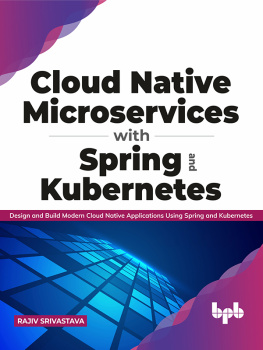
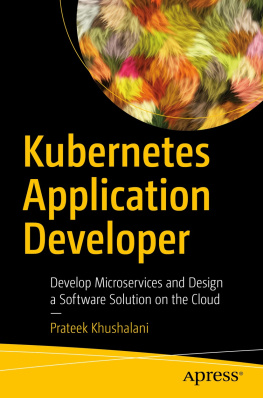
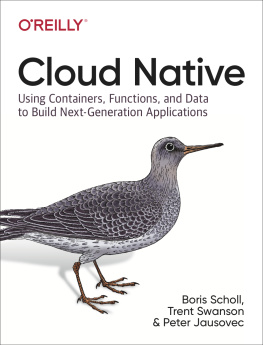
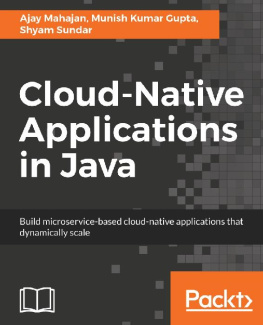
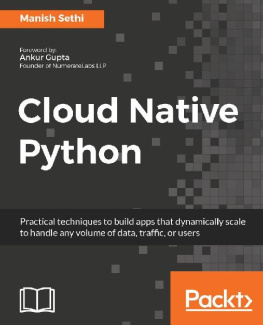
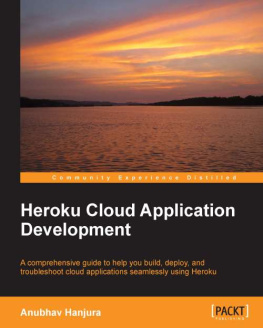
 < html PUBLIC "-//W3C//DTD HTML 4.0 Transitional//EN" "http://www.w3.org/TR/REC-html40/loose.dtd">
< html PUBLIC "-//W3C//DTD HTML 4.0 Transitional//EN" "http://www.w3.org/TR/REC-html40/loose.dtd"> 